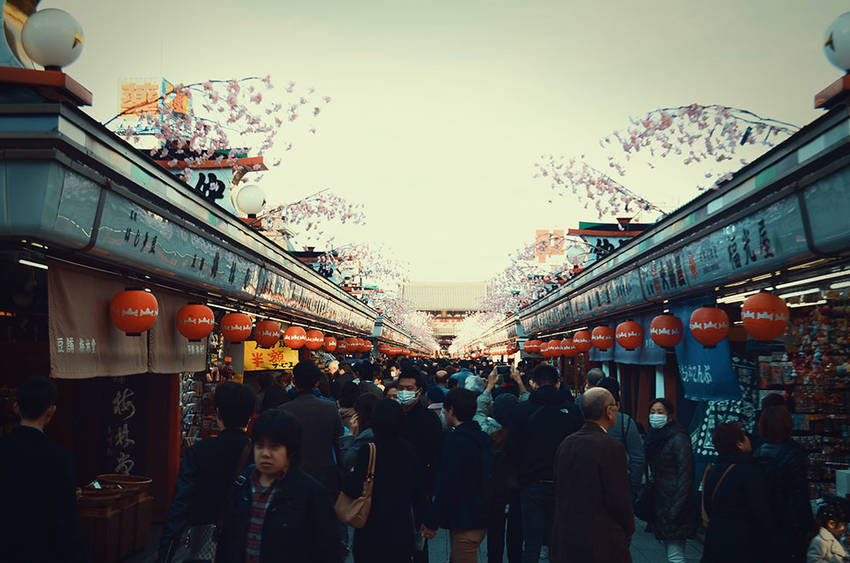Suica(スイカ)は、
Suicaは、ICチップによって
また、SuicaはJR
Welcome Suicaは、
https://www.jreast.co.jp/multi/en/welcomeSUICA/welcomeSUICA.html
Buy Suica when you go to Japan!
Suica is one of Japan's integrated circuit (IC) cards, a contactless electronic money card people use mainly for transportation tickets, shopping, and service payments. The East Japan Railway Company (JR East) issues these cards and introduced them in 2001.
Suica is a convenient system that allows users to make payments by simply touching and holding the card over a reader without inserting it, since the IC chip records and reads the information.
People mainly use Suica for:
Public transportation: you can use your card when boarding public transportation such as JR Group trains (especially in the East Japan area), private railways, buses, and subways. By holding the card over the ticket gate at the station, you automatically pay the fare and can pass through the ticket gate.
Shopping: you can use Suica to pay for goods at convenience stores, supermarkets, stores in station buildings, vending machines, and many other places.
Electronic money: Suica also functions as electronic money. By recharging (depositing) the card in advance, you can put the amount you want to use on the card. Then you can make the payment by using the charged amount.
Suica is also compatible with IC cards such as ICOCA and PASMO, not only within the JR East area but also in other regions.
For tourists from overseas, you can also use Welcome Suica. In addition to the normal features of Suica, it also offers tourist benefits like discounts at some tourist attractions and facilities.
You can purchase Welcome Suica at some travel agencies and tourist information centers outside Japan. When using the service, please check the expiration date and the benefits package, and make good use of this convenient service. Check out the official website to see the latest information and enjoy sightseeing in Japan at a reasonable price.
https://www.jreast.co.jp/multi/en/welcomeSUICA/welcomeSUICA.html
sign up for the Japanese-Online Newsletter
__..-・**・-..__..-・**・-.._ あいうえお かきくけこ さしすせそ たちつてと なにぬねの はひふへほ まみむめも やいゆえよ らりるれろ わゐうゑを ん __..-・**・-..__..-・**・-.._
#JapaneseOnline #LearningJapanese #FreeJapaneseLessons #JapaneseVideoLearning #JapaneseAnime #Anime #JapaneseFood #Bloguru










